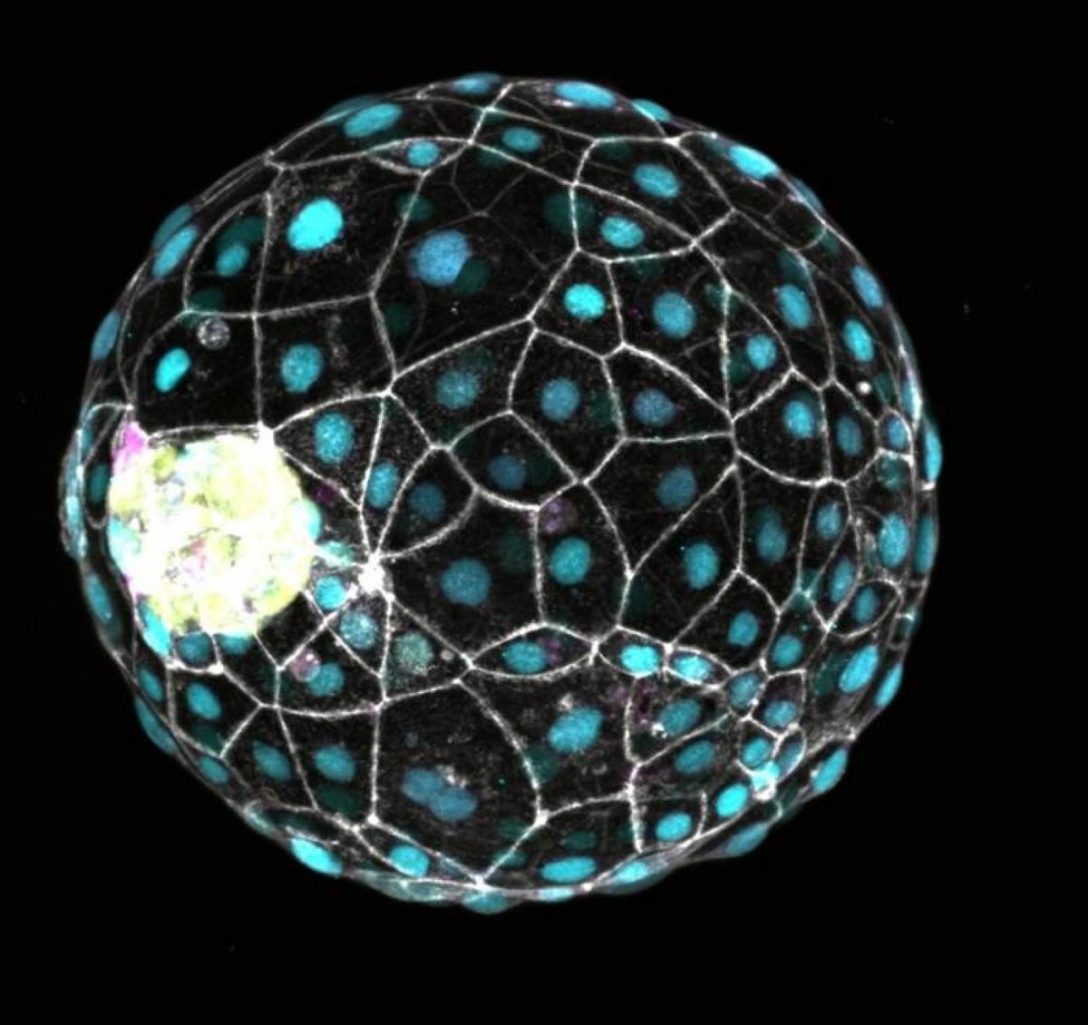Summary: Researchers have identified a molecular mechanism in human cells that mimics embryonic diapause, a process some mammals use to pause development. By inhibiting the mTOR signaling pathway in stem cell-derived blastoids, scientists induced a dormant state similar to that found in other mammals.
This reversible state offers new insights into early human development and may have potential applications in in vitro fertilization (IVF). The findings suggest that humans might retain this evolutionary ability, which could be harnessed to enhance reproductive health.
Key Facts:
- Inhibiting the mTOR pathway can trigger a reversible dormant state in human cells.
- Embryonic diapause is a natural reproductive strategy used by some mammals to extend pregnancy.
- This discovery may lead to advances in IVF by improving embryo timing and implantation success.
Source: IMBA
In some mammals, the timing of the normally continuous embryonic development can be altered to improve the chances of survival for both the embryo and the mother. This mechanism to temporarily slow development, called embryonic diapause, often happens at the blastocyst stage, just before the embryo implants in the uterus.
During diapause, the embryo remains free-floating and pregnancy is extended. This dormant state can be maintained for weeks or months before development is resumed, when conditions are favorable.
Although not all mammals use this reproductive strategy, the ability to pause development can be triggered experimentally. Whether human cells can respond to diapause triggers remained an open question.

Now, a study by the labs of Aydan Bulut-Karslıoğlu at the Max Planck Institute for Molecular Genetics in Berlin and Nicolas Rivron at the Institute of Molecular Biotechnology (IMBA) of the Austrian Academy of Sciences in Vienna, an ERC grantee, has identified that the molecular mechanisms that control embryonic diapause also seem to be actionable in human cells.
Their results were published on September 26th in the journal Cell.
Stem cell-derived models to study embryonic diapause in humans
In their research, the scientists did not carry out experiments on human embryos and instead used human stem cells and stem cell-based blastocyst models called blastoids.
These blastoids are a scientific and ethical alternative to using embryos for research. The researchers discovered that modulation of a specific molecular cascade, the mTOR signaling pathway, in these stem cell models induces a dormant state remarkably akin to diapause.
“The mTOR pathway is a major regulator of growth and developmental progression in mouse embryos”, says Aydan Bulut-Karslioglu.
“When we treated human stem cells and blastoids with an mTOR inhibitor we observed a developmental delay, which means that human cells can deploy the molecular machinery to elicit a diapause-like response.”
This dormant state is characterized by reduced cell division, slower development and a decreased ability to attach to the uterine lining. Importantly, the capacity to enter this dormant stage seems to be restricted to a brief developmental period.
“The developmental timing of blastoids can be stretched around the blastocyst stage, which is exactly the stage where diapause works in most mammals”, says shared first author Dhanur P. Iyer. Moreover, this dormancy is reversible, and blastoids resume normal development when the mTOR pathway is reactivated.
The ability to alter the timing of embryonic development has implications for IVF
The authors concluded that humans, like other mammals, might possess an inherent mechanism to temporarily slow down their development, even though this mechanism may not be used during pregnancy.
“This potential may be a vestige of the evolutionary process that we no longer make use of,” says Nicolas Rivron.
“Although we have lost the ability to naturally enter dormancy, these experiments suggest that we have nevertheless retained this inner ability and could eventually unleash it.”
For basic research, the question arises as to whether human and other mammalian cells enter the dormant state via similar or alternative pathways and use it for the same purposes, for example either pausing or timing their development and implantation.
The team’s discoveries could have implications for reproductive medicine: “On the one hand, undergoing faster development is known to increase the success rate of in vitro fertilization (IVF), and enhancing mTOR activity could achieve this,” Nicolas Rivron explains.
“On the other hand, triggering a dormant state during an IVF procedure could provide a larger time window to assess embryo health and to synchronize it with the mother for better implantation inside the uterus.”
Overall, the new findings provide unforeseen insights into the processes governing our earliest development, which might open new avenues for enhancing reproductive health.
“This exciting collaboration is a testimony to how complex biological questions can be tackled by bringing together respective expertise,” says Heidar Heidari Khoei, postdoctoral fellow in the lab of Nicolas Rivron and the study’s co-first author.
“I believe this work not only underscores the importance of collaboration in advancing science but also opens up further possibilities for understanding how various signals are perceived by cells as they prepare for their developmental journey.”
Funding: Nicolas Rivron is a group leader at IMBA and funded by an ERC Consolidator Grant.
About this embryonic development and genetics research news
Author: Manel Llado
Source: IMBA
Contact: Manel Llado – IMBA
Image: The image is credited to Heidar Heidari Khoei/IMBA
Original Research: The findings will appear in Cell






